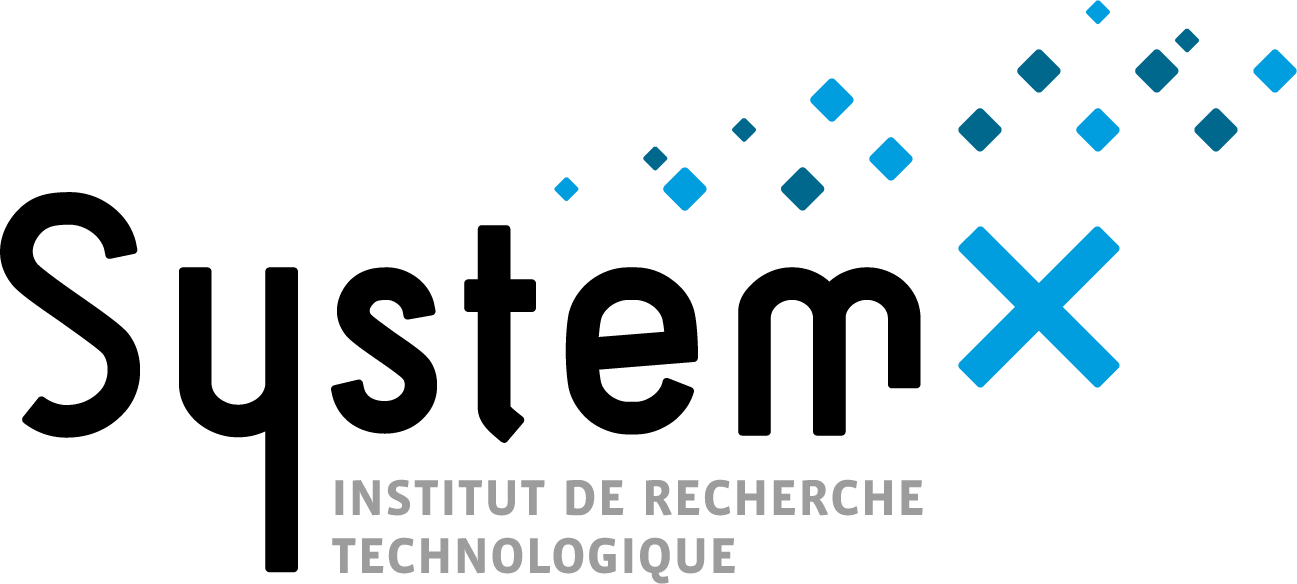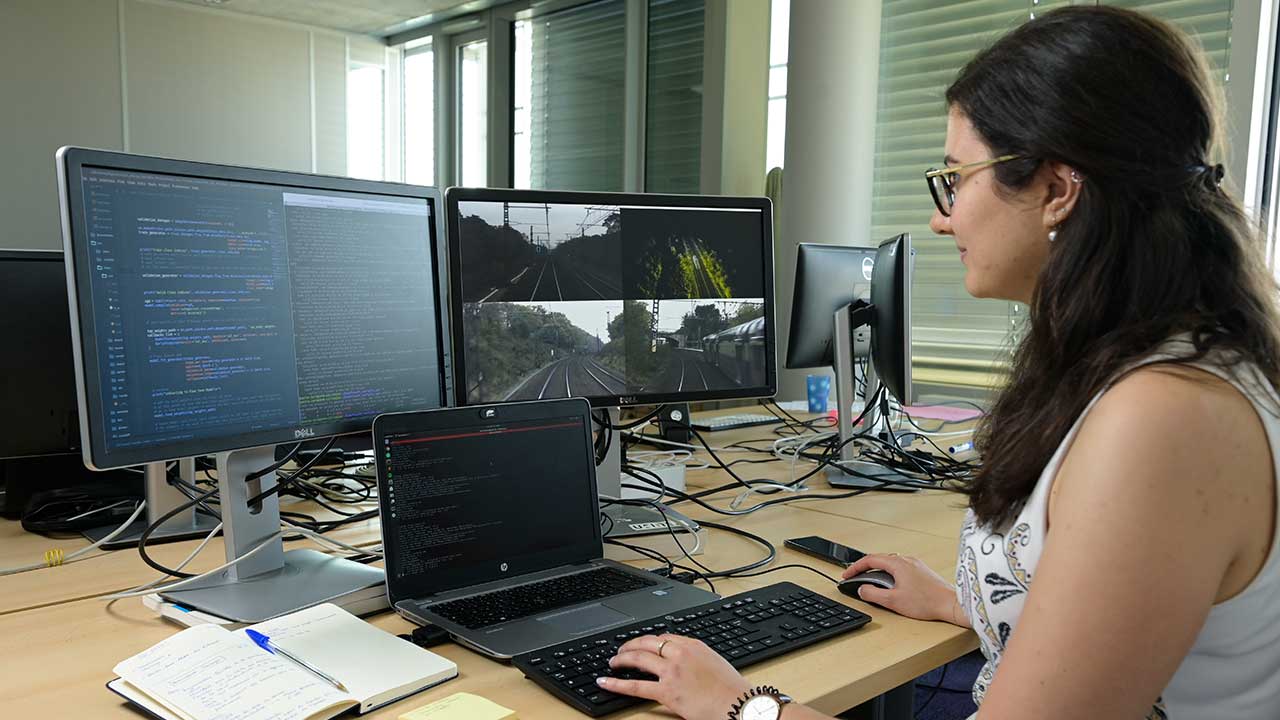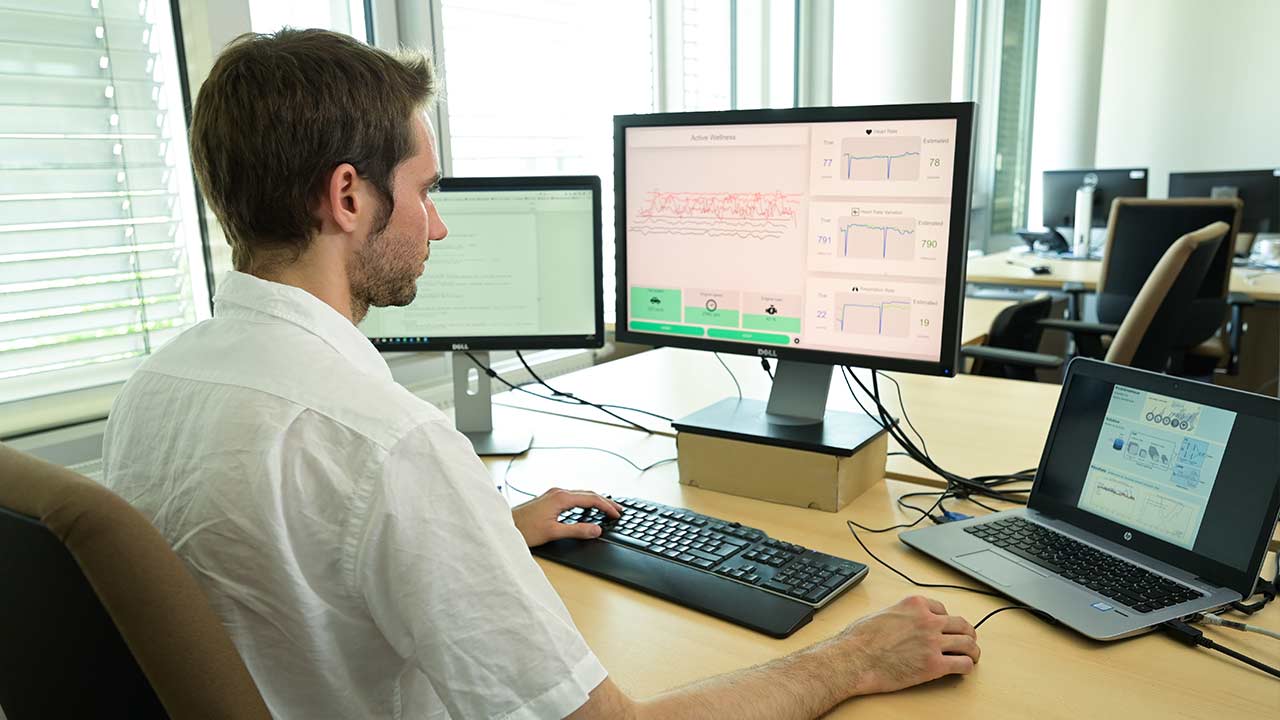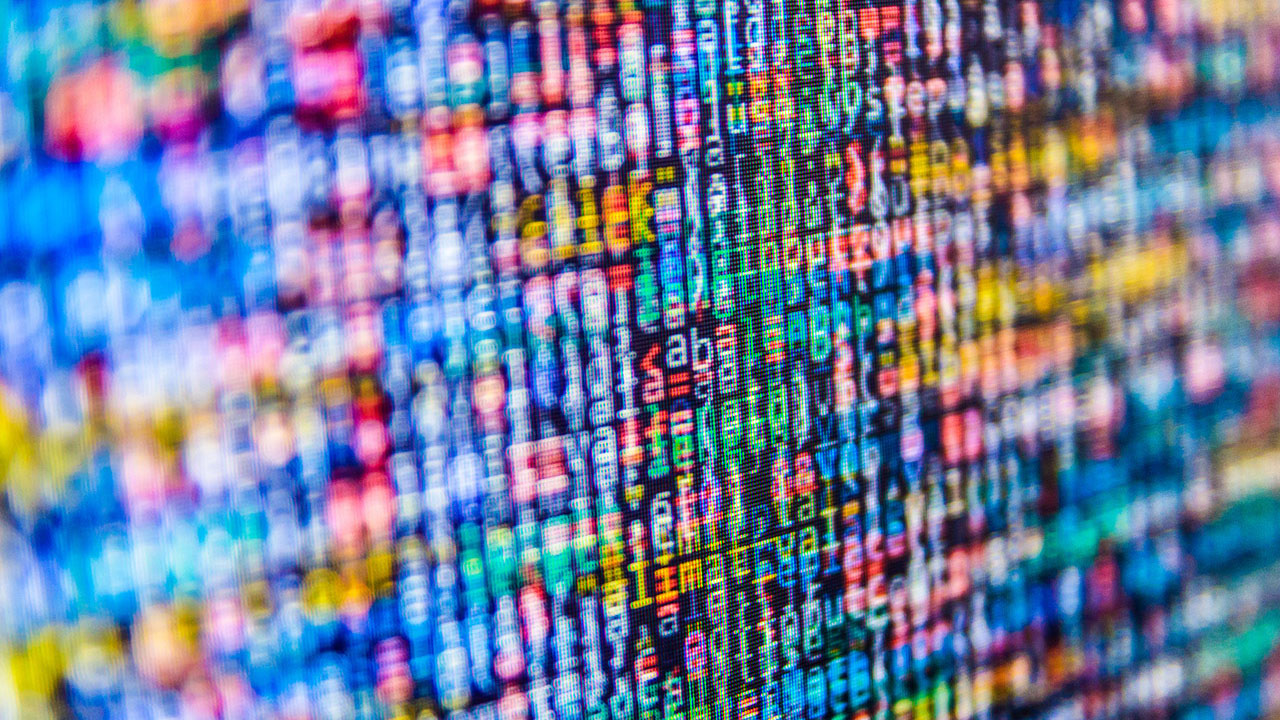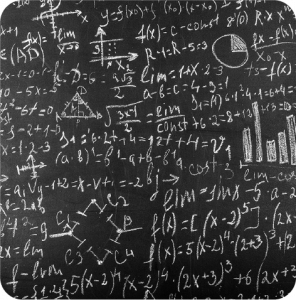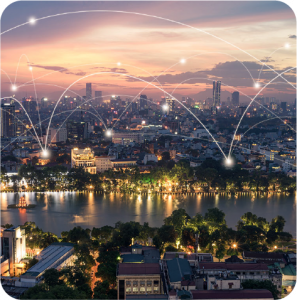Understanding reality through data
To understand how a complex system works, it is easiest to observe its behaviour externally, but this requires a very large amount of data to successfully model the various parts of its operation. The massive deployment of precise, communicating measurement systems, coupled with efficient storage solutions, makes this approach realistic for a growing number of systems.
Statistical learning techniques are the basis of particularly efficient information extraction solutions and the functionalities they offer are robust, parsimonious and scalable. These techniques allow “black box” modelling, whether for classification, detection, regression or causality search purposes, and they can be applied to a wide range of variables (signals, images, video, text, speech, relational data, graphs, log data, dynamic data, sequences, etc.).
The latest advances in deep learning open up particularly promising prospects for large corpora by eliminating the preliminary stage of descriptor extraction, thanks to a relevant combination of supervised and unsupervised approaches. In addition, and to help understand the representation spaces in which systems evolve, the “Data Science and Interaction” area of focus also addresses data visualiSation, user interfaces, virtual reality, etc., all of which are techniques that facilitate man-machine interaction, and which are all the more valuable as they relate to dynamic problems or large-scale problems that are difficult to grasp with standard tools.
